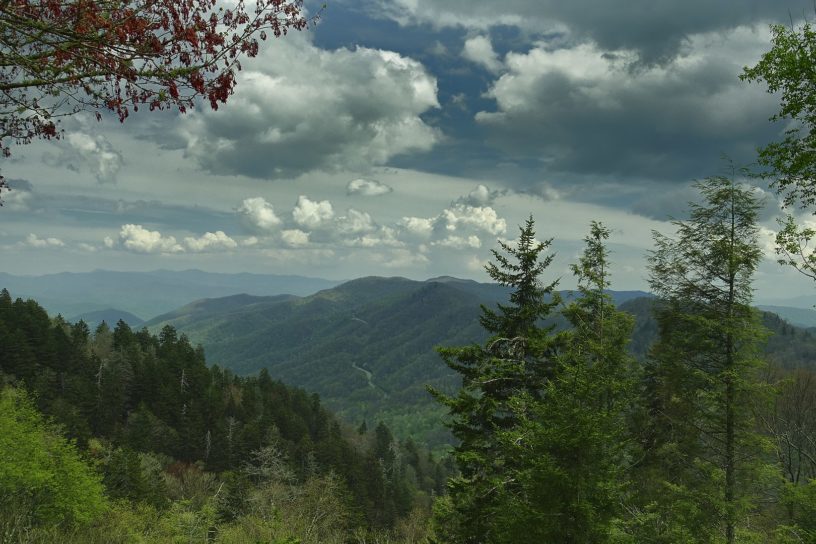Top 10 unbelievable facts about the Great Smoky Mountains National Park
Great Smoky Mountains National Park is an American Park in the Southeastern United States, managed by the National Park Service. It lies along the crest of the southern Appalachian Mountains in Eastern Tennessee and western North Carolina. It is 35Km South of Knoxville and 45Km West of Ashville.
The park covers 522,419 acres, making it one of the largest protected areas in the eastern United States. It was commissioned by the United State Congress on 15th June 1934 and formally dedicated by President Franklin D. Roosevelt on 2nd September 1940. It was designated as a UNESCO World Heritage Site in 1983, and International Biosphere Reserve in 1988.
Other than the objective to conserve the environment, the mountain’s clean and cool air was a refuge for those with respiratory ailments like tuberculosis. Take a breath to enjoy the top 10 unbelievable facts about the great smoky Mountains National Park.
1. The Great Smoky Mountain National Park is the first home to Cherokee Indians
The native Indian Cherokee tribe, a branch of the Iroquois nation, are known to be the 1st inhabitants of the Great Smoky Mountains who lived for over one thousand years. They practiced hunting, trading, and agriculture.
They had spread out all over the smoky mountains in small communities; “Middle Towns” along the Little Tennessee River, the “Valley Towns” along the Hiwassee and Valley Rivers, and the “Out Towns” on the Tuckasegee and Oconaluftee Rivers.
Those who evaded the “Trail of Tears”, are now part of the Great Smoky Mountains National Park, including a group on the Oconaluftee River, and on the Cherokee Indian Qualla Boundary in North Carolina.
2. Great Smoky Mountains National Park has sixteen Mountains.
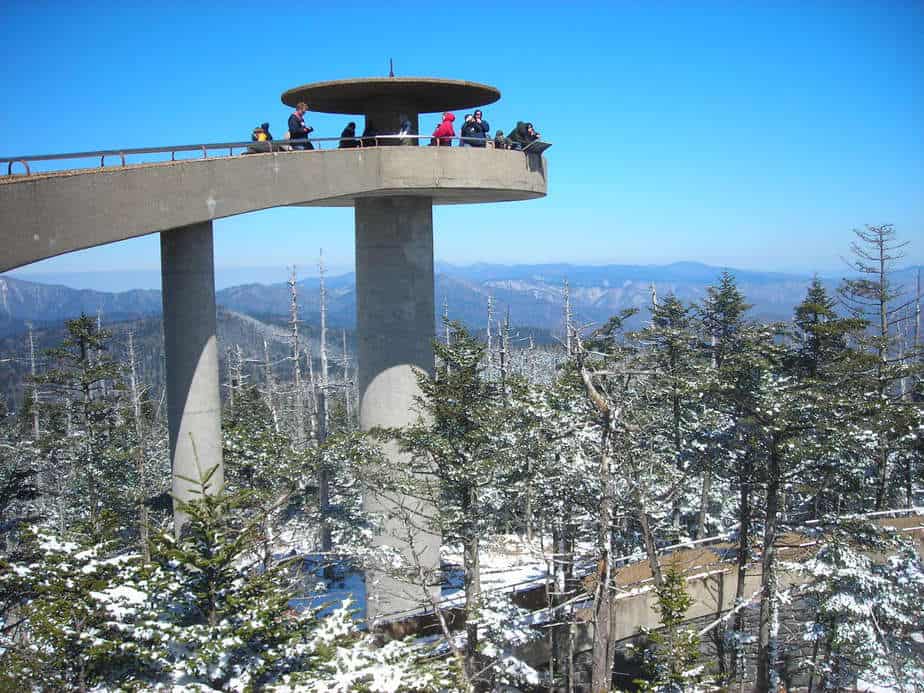
The Clingman’s Dome Observation Tower rises 50 feet (15 m) from the summit of Clingman’s Dome, the highest point both in the state of Tennessee and along with the Appalachian Trail-By Scott Basford-Wikimedia commons
The mountains of the “Smokies” Park are known to be as old as 200 million years, formed through the glaciation process. The park has sixteen mountains with peaks reaching higher than 5,000 feet.
The highest in Eastern North America include; Clingmans Dome with 6,643 feet, which is also the highest in the park, Mount Guyot at 6,621 feet, and Mount Le Conte at 6,593 feet, respectively. An observation tower has been erected at Clingmans Dome.
3. John D. Rockefeller Jr. is a great Champion of Great Smoky Mountain National Park
In 1928, John D. Rockefeller, an international investor contributed $5 million in memory of his mother Laura Spelman Rockefeller, from a family foundation in aid of land acquisition for the park.
“One of his chief philanthropies was the national parks. His contribution was a critical ingredient in every way,” said Steve Cotham, Calvin M. McClung Historical Collection director.
“Not only did Rockefeller give that money, but it also made the states release the bond funds,” Pierce said. “It couldn’t have happened if he hadn’t given the money. He made the whole thing a reality.”
4. Great Smoky Mountain National Park was named for its colored mist

Cades Cove, Great Smoky Mountains National Park, Tennessee-By Niagara66- Wikimedia commons
Great Smoky Mountain is named for its blue-coloured mist that hangs above mountain peaks and valleys, which looks like smoke. the native Cherokee called the mountains Shaconage, which interprets, the “place of the blue smoke.”
European-American settlers were inspired by the name and termed it “The Smoky Mountains,” adding “Great” to reflect the incalculability and magnificence of the range. usually shortened to the “Great Smokies” or just the “Smokies”
The exciting “Shaconage” is viewed on some of the many Mountain ranges panoramas the Great Smokies hang out from such areas as Newfound Gap, Clingmans Dome, or Charles Bunion. There’s a whitish-blue mistiness to the scenery, a beautiful kind of mist that slightly blurs the long ridges and rounded peaks.
5. Great smoky Mountain National Park is thickly forested
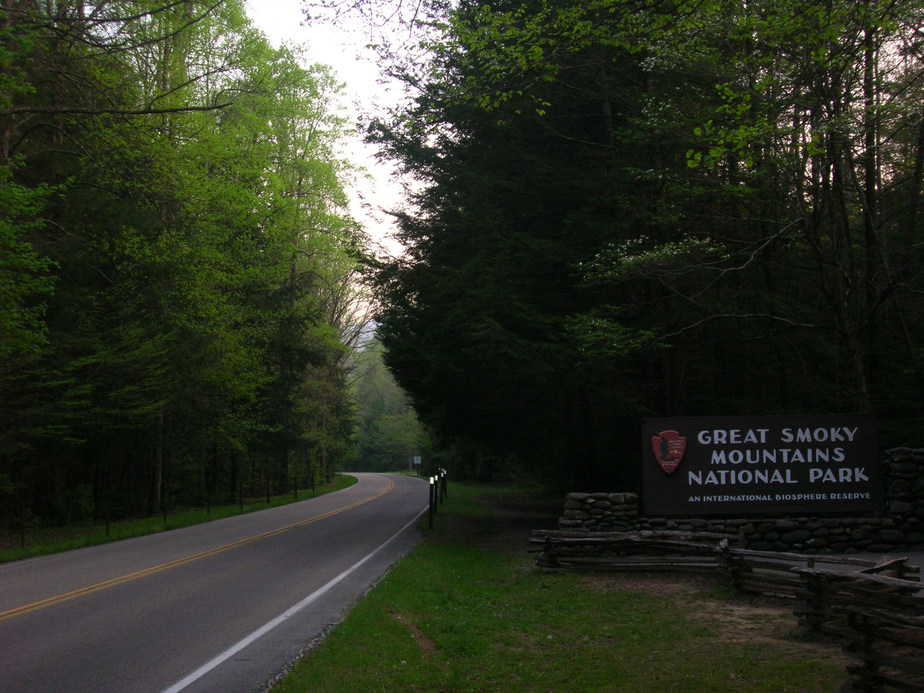
The Great Smoky Mountains National Park is the most visited national park in the United States of America-Scott Basford-Wikimedia commons
The Park is deemed to have 100,000 life forms; approximately 130 species of trees, and 4,000 other plant species.
Of the entire forest, about 20% is nearly virgin and roughly 80% of it is deciduous forest. Deciduous broad-leaved hardwoods and evergreen coniferous forests are predominant.
The Park has five major forest types; Cove Hardwood Forest lies along the valleys throughout the park. Hemlock Forest dominates streamside throughout the Appalachians, while Drier ridges in and around the park grasp Pine-Oak Forest.
Northern Hardwood Forest dominates the middle to upper elevations while the Spruce-fir Forest covers the Park’s highest elevations with its main components being red spruce and Fraser fir.
6. Great Smoky Mountain National Park is a wildlife sanctuary
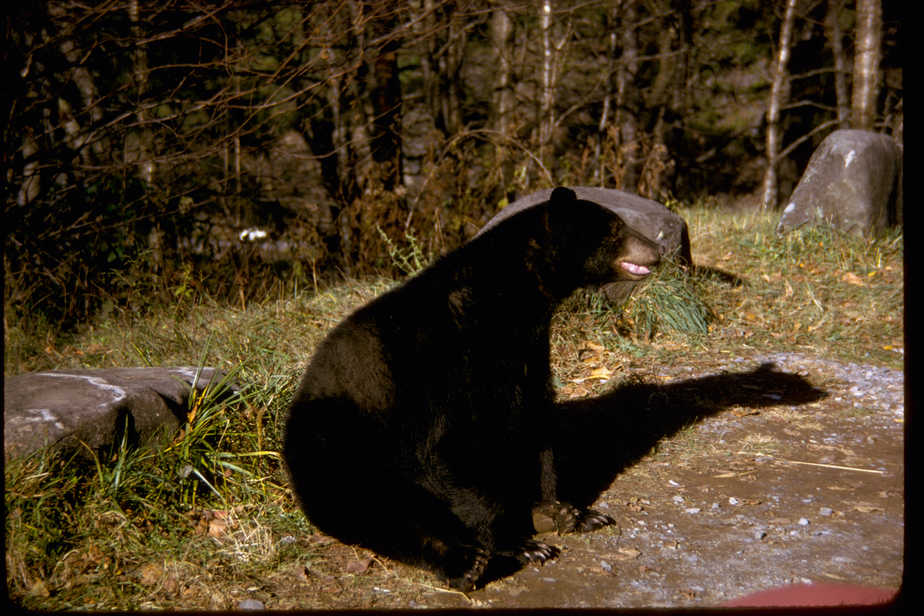
Great Smoky Mountains National Park. World-renowned for its diversity of plant and animal life-By National Park Service Digital Image Archives-Wikimedia commons
The Park has recorded a number of both indigenous and exotic wildlife species. Mammals include the Black bear, coyote, Elk, and foxes. Amphibians include the salamanders with 31 species, a leading population in the whole world. Reptiles include snakes like the poisonous timber rattlesnake and northern copperhead.
At least 240 birdcage species. Due to the thickness of the forest, their sweet songs are heard more often than seen. Some species include; mourning doves, barn swallows, buntings, cardinals, sparrows, chickadees, and warblers. Birds of prey are turkey vultures, hawks, and eagles.
7. Great Smoky Mountains National Park is a jungle of ancient rocks
Early Precambrian rocks formed over a billion years ago are the dominant type in the park. They include the Raven Fork Valley and Upper Tuckasegee River which primarily consist of metamorphic gneiss, granite, and schist.
The late Precambrian rocks are part of the Ocoee supergroup rocks, formed from the accumulation of eroding landmass on the continental shelf. The group consists of metamorphosed sandstones, phyllites, schists, and slates. The Cambrian sedimentary rocks are at the top of the foothill to the Northwest.
8. Visitors’ facilities are available at Great Smoky Mountains National Park.
The park has two visitor centres; Sugar land and Oconaluftee visitors’ centres. They exhibit Wildlife, geology, and the history of the park and sell books, maps, and keepsakes.
Another facility in the park is the Great Smoky Mountains Institute. It houses 120 people and offers environmental education programs for school groups, teacher workshops, adult programs, and elder hostels. A lodging and ten front-country campgrounds are also available.
9. The Great Smoky Mountain National maintains historic quarters
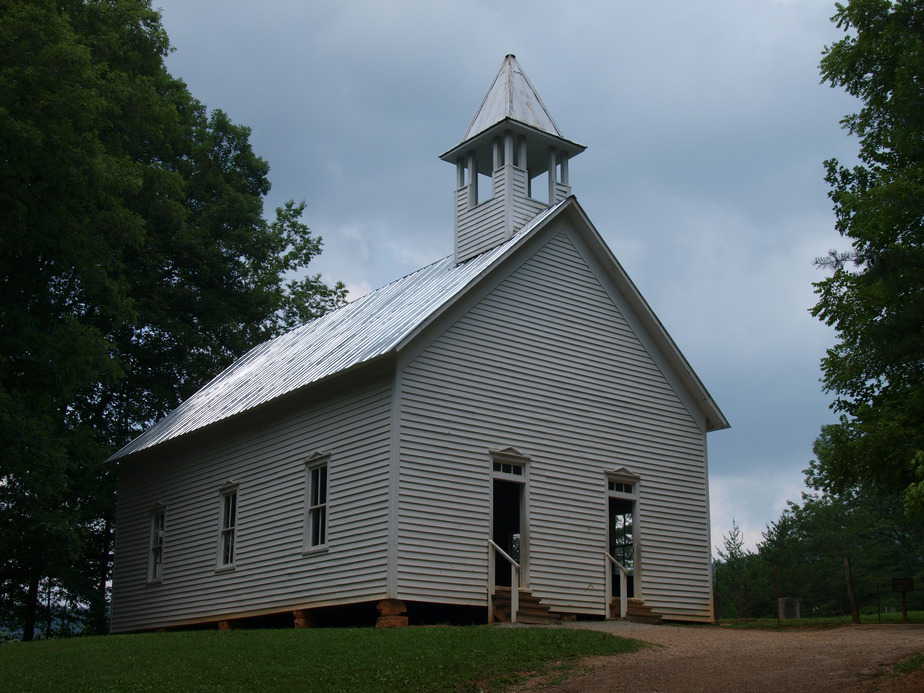
Methodist Church at Cades Cove, Great Smoky Mountains National Park (Tennessee, US)-By Vicpeters-Wikimedia commons
The park has four historic sites and one archaeological site; Elkmont, Cades Cove, Noah Ogle place, Roaring Fork historic sites, and Oconaluftee archaeological sites. 78 structures are also preserved in the park.
Cades Cove is one of the most visited areas with the widest variety of historic sites and buildings like churches, barns, and log buildings. Also, one of the best places for animal viewing.
10. Meet the superb waterfalls of the Great Smoky Mountain National Park
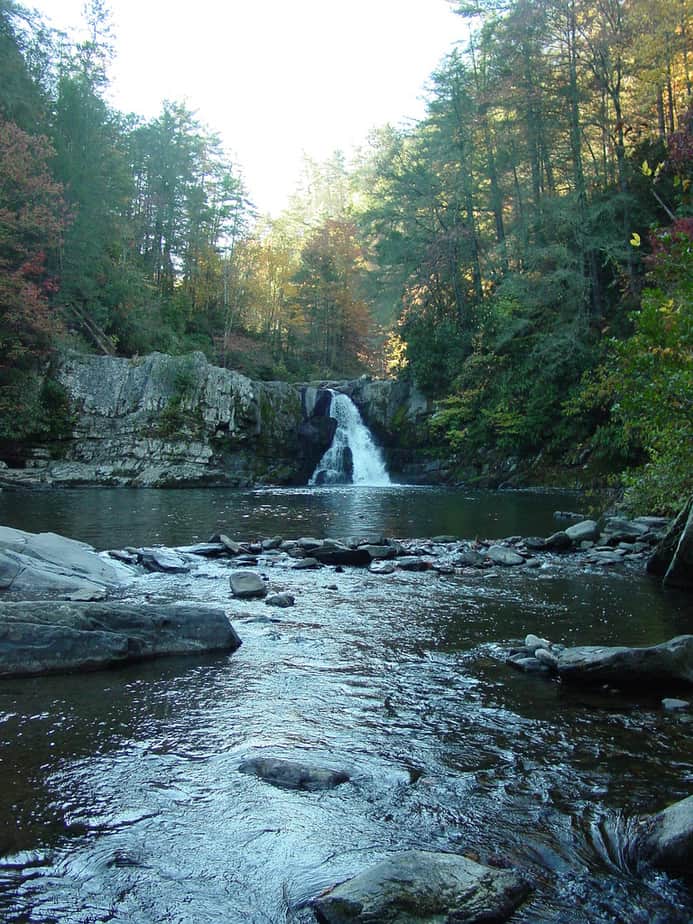
Abrams Falls, Great Smoky Mountains National Park-By Silent Melanie-Wikimedia commons
Every year over 200,000 visitors hike ragged trails to view the fabulous Grotto, Laurel, Abrams, Rainbow, Mingo, and other prevalent waterfalls in the park.
Large waterfalls include the powerful Abrams fall, which ranks as the largest drainage flowing entirely within Great Smoky Mountains National Park. it’s an enormous inspiring sight as with only about 20 feet high, it carries some of the greatest volumes of streamflow of any waterfall in the Smokies over its sandstone rim.
Smaller cascades and falls are found on nearly every river and stream in the park. Ramsey Cascade is the toughest and most notable of the waterfalls. It is the tallest waterfall in Great Smoky Mountains National Park, a 100-foot stairstep force of wild water and pools that’s undeniably breathtaking.
Planning a trip to Paris ? Get ready !
These are Amazon’s best-selling travel products that you may need for coming to Paris.
Bookstore
- The best travel book : Rick Steves – Paris 2023 – Learn more here
- Fodor’s Paris 2024 – Learn more here
Travel Gear
- Venture Pal Lightweight Backpack – Learn more here
- Samsonite Winfield 2 28″ Luggage – Learn more here
- Swig Savvy’s Stainless Steel Insulated Water Bottle – Learn more here
Check Amazon’s best-seller list for the most popular travel accessories. We sometimes read this list just to find out what new travel products people are buying.

